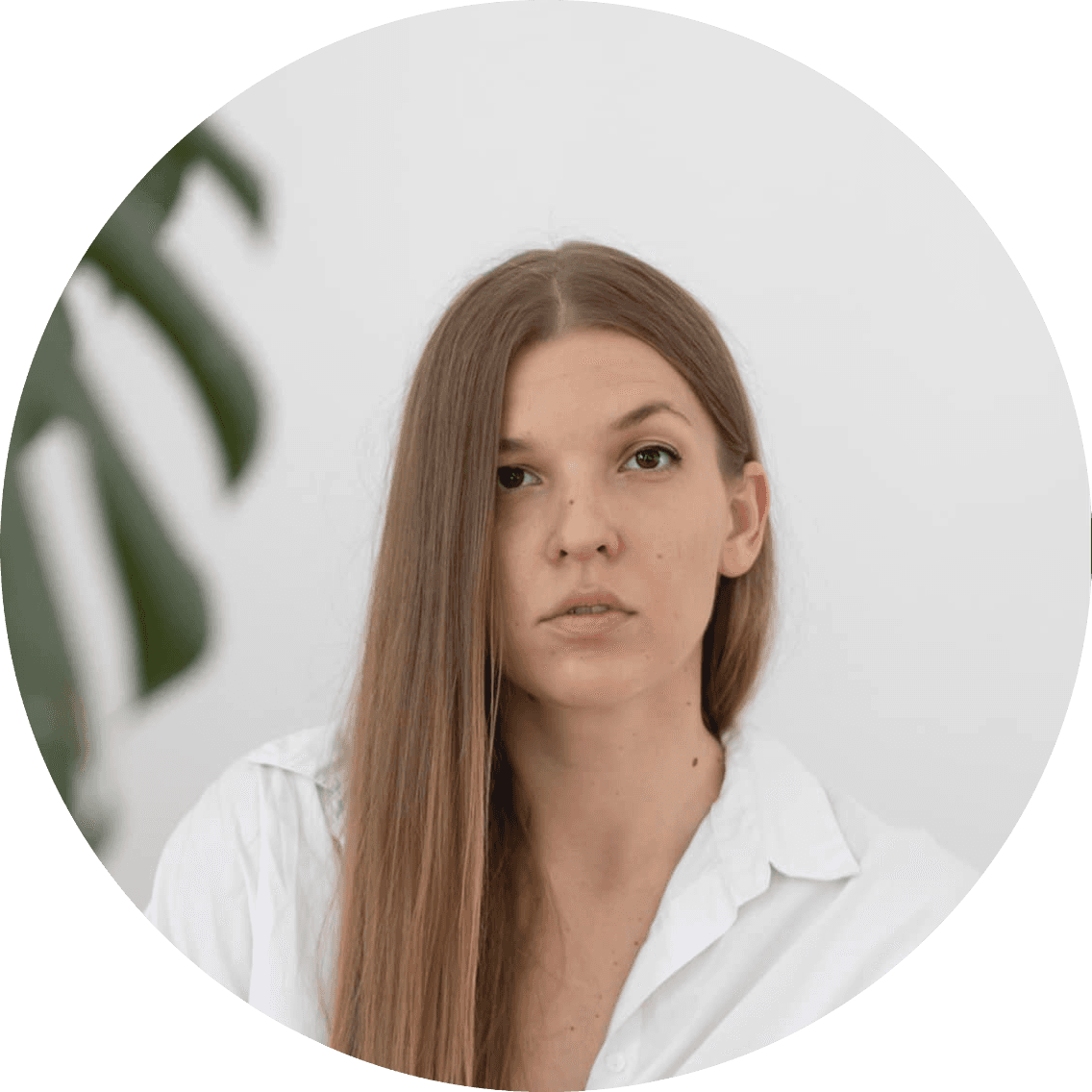PTSD (post-traumatic stress disorder) is an anxiety disorder caused by exposure to a traumatic event, often appearing after the event and characterized by feelings like guilt, isolation, irritability, difficulty sleeping, and difficulty concentrating.
In people with PTSD, parts of the brain that are on the lookout for danger are always on alert, and even the slightest sign of a threat can trigger an acute stress response. As a result, their memory and impulse control may be suppressed, and they are at risk of getting trapped in a prolonged state of strong emotional reactivity.
This state of emotional reactivity leads to observable brain activity patterns that can be understood and treated with neurofeedback. Neurofeedback enables clients with PTSD to recognize the signs of stress and anxiety and alter their brainwave functioning to a healthier state in order to achieve symptom reduction.
The Neural Imbalance
Because of brainwave dysregulation, someone with PTSD may have trouble filtering out irrelevant information and paying attention to what's going on in the present moment. If PTSD has impacted their brainwave activity, their theta brainwaves are likely to be amplified, meaning that they are calm and relaxed, when they should actually be focused or alert.
The Protocol
One of the most commonly used neurofeedback protocols for PTSD is the alpha-theta protocol. This type of protocol aims to achieve balance and maintain the ideal amplification and frequency of alpha and theta brainwaves.
With alpha-theta neurofeedback training, traumatic memories can be accessed during theta dominance and safely processed during alpha modulation. In other words, this type of protocol guides the brain through gentle transitions of alpha and theta dominant states. The goal is to help clients reach a state of deep relaxation, where memories can safely resurface and, as a result, be processed. This way, traumatic events may be safely re-experienced, and new associations fostered.
The Evidence
A recent systematic review and meta-analysis pooled data across four randomized controlled trials (RCTs) in PTSD and revealed a very large effect size for improvement in PTSD symptoms. The studies consistently favored neurofeedback in terms of symptom severity and the number of patients achieving remission (Steingrimsson et al., 2020).
Specifically, PTSD symptoms were reduced by 34-66% in the neurofeedback group but ranged from a reduction of 15% to an increase of 13% in the control groups.
Another study reported a 46% symptom reduction posttreatment and 51% symptom reduction at the one-month follow-up (compared with reductions of 13% posttreatment and 14% at one-month follow-up in control). At 1-month follow-up, 58% (11/19) of neurofeedback patients achieved remission as compared with only 11% (2/19) of controls (Van der Kolk et al., 2016).
A study, published in 1991, had one of the best outcomes ever recorded for PTSD. The neurofeedback group had a significant decrease in their PTSD symptoms, as well as in physical complaints, depression, anxiety, and paranoia (Peniston & Kulkosky, 1991).
References
A PDF containing the above neurofeedback research summaries and a categorized reference list is embedded here, providing readers with easy access to view or download the information needed to locate any cited source.
About the author:
Dubravka Rebic
Dubravka Rebic puts a lot of time and energy into researching and writing in order to help create awareness and positive change in the mental health space. From poring over scientific studies to reading entire books in order to write a single content piece, she puts in the hard work to ensure her content is of the highest quality and provides maximum value.



